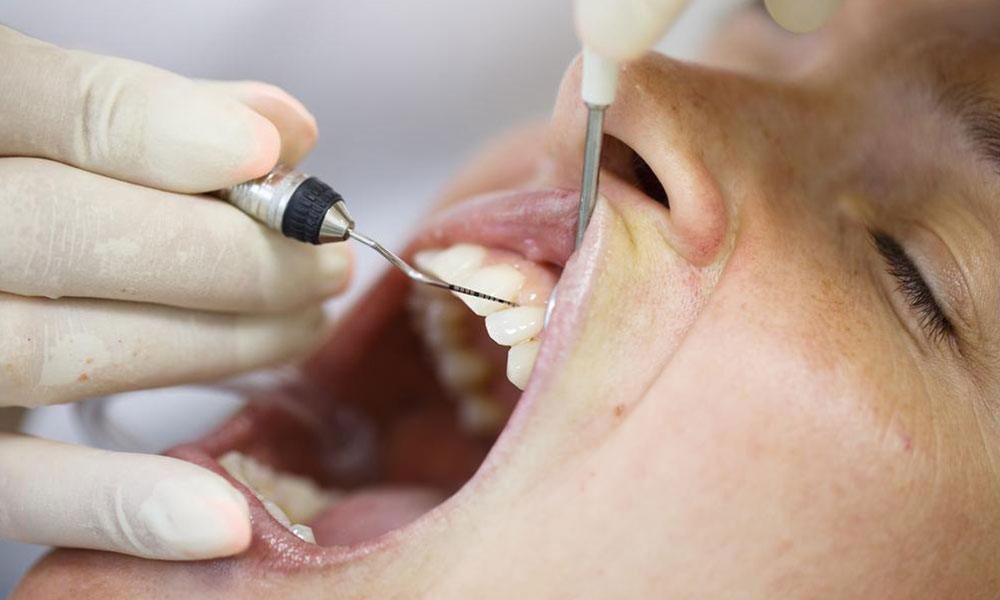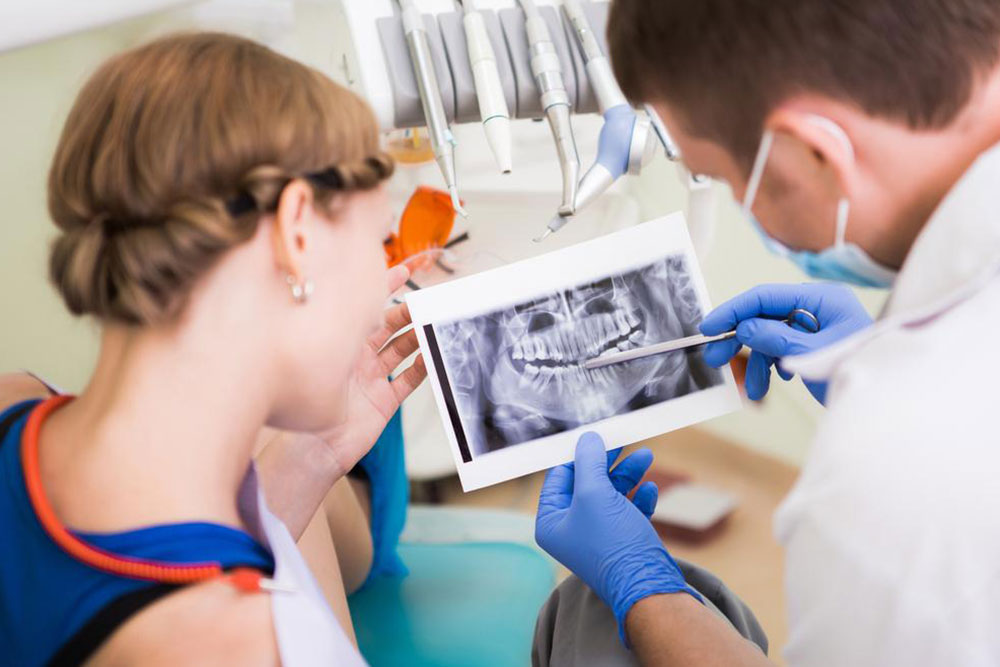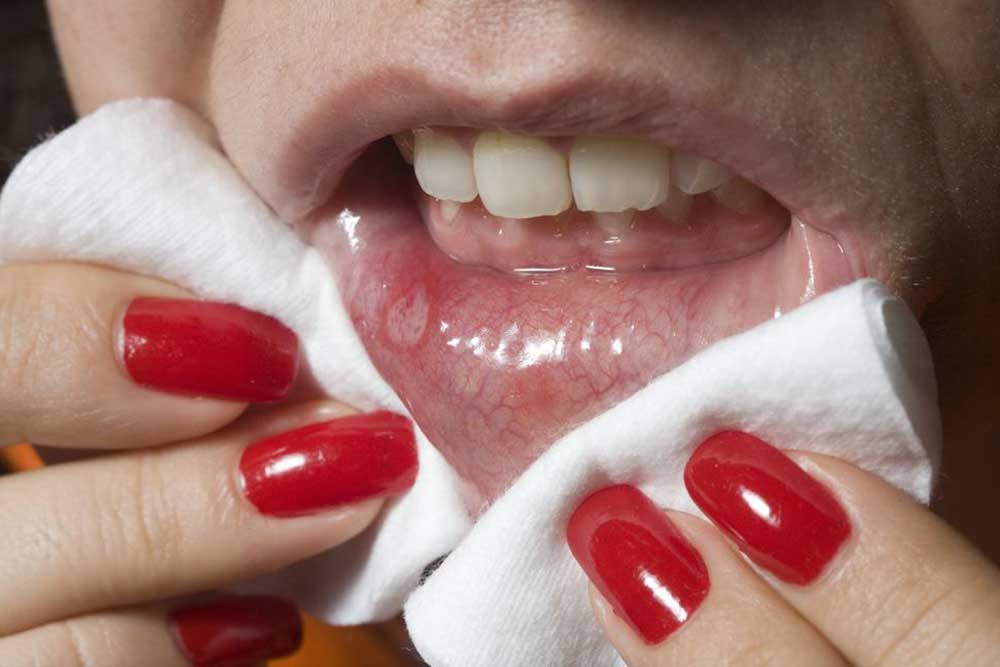Comprehensive Guide to Recognizing and Preventing Gum Recession Risk Factors
This comprehensive article explores the risk factors and preventive strategies for gum recession. It emphasizes the importance of proper oral hygiene, lifestyle modifications, and regular dental visits in maintaining healthy gums. Understanding genetic predispositions and habits like smoking and teeth grinding helps individuals protect their oral health effectively. Early detection and professional care are crucial in preventing irreversible tissue loss, ensuring oral and overall health are preserved. Discover how proactive measures can combat gum recession and promote a healthier smile for life.

Understanding Who Is More Susceptible to Receding Gums and How to Protect Your Oral Health
Gums are a fundamental component of our oral health, giving support to teeth and safeguarding critical structures within the mouth. Beyond their essential role in maintaining a healthy smile, healthy gums also contribute to overall systemic health. When gums start receding, it’s often an indication of underlying issues that need immediate attention. Recognizing the risk factors associated with gum recession is vital for individuals seeking to maintain their dental health, prevent costly treatments, and avoid broader health complications linked to periodontal disease.
Gum recession is a common dental problem that affects people of all ages, yet certain individuals are more prone to developing this condition. Contributing factors are often linked to lifestyle choices, genetics, systemic health, and oral hygiene habits. Understanding these factors enables individuals to take proactive measures to prevent or slow down recession, ultimately preserving oral functionality and aesthetics. It is crucial to recognize that untreated gum recession can lead to tooth sensitivity, increased risk of decay, and possible tooth loss, which can impair daily life and overall health.
One of the predominant causes of gum recession is poor oral hygiene. When plaque and tartar are not adequately removed through proper brushing and flossing, they can accumulate at the gum line, leading to inflammation and, over time, tissue breakdown. This inflammation, known as gingivitis in its early stages, can advance to more severe periodontal disease if neglected, resulting in irreversible gum tissue loss. Regular dental visits and professional cleanings are essential in diagnosing and managing early signs of periodontal issues before they progress.
Smoking remains one of the most significant risk factors associated with gum recession. The chemicals present in tobacco products can impair blood flow to the gums, weaken immune response, and adversely affect healing processes. Smokers are more vulnerable to developing severe periodontal disease, which accelerates tissue destruction. Furthermore, smoking can stain teeth, diminish the effectiveness of oral treatments, and exacerbate existing gum problems, making cessation a critical component in gum health management.
Another contributing factor is bruxism, a condition characterized by habitual teeth grinding and clenching, often occurring unconsciously during sleep or stressful situations. The excessive mechanical pressure exerted on teeth and surrounding tissues can cause gum tissue trauma, leading to recession over time. Addressing bruxism through stress management, mouthguards, or dental interventions can significantly reduce the risk of gum deterioration and preserve oral integrity.
Genetics also play a role in periodontal health. Some individuals inherit weaker gum tissues or bone structures that make them more susceptible to recession. While genetics cannot be changed, proactive oral care, regular dental check-ups, and personalized periodontal treatments can help mitigate these inherited risks and maintain optimal gum health.
Other factors include poor nutrition, hormonal changes, certain medications, misaligned teeth, and trauma from dental procedures or accidents. These elements can compromise the structural integrity of gum tissues and accelerate recession. Maintaining a balanced diet rich in vitamins (such as vitamin C and D), avoiding aggressive brushing, and seeking orthodontic or prosthodontic guidance can support gum health and reduce vulnerability to recession.
Effective Strategies to Prevent Gum Recession
Prevention of gum recession begins with diligent oral hygiene practices. Brushing twice daily with a soft-bristled toothbrush and fluoride toothpaste helps remove plaque without damaging fragile gum tissue. Proper brushing technique—gentle circular motions at the gum line—is essential. Flossing daily effectively dislodges plaque and debris from between teeth where toothbrushes can’t reach, reducing bacterial buildup that causes inflammation.
Rinsing after meals with an antiseptic mouthwash can help control bacterial growth and freshen breath. Additionally, scheduling routine dental examinations—ideally every six months—enables early detection of periodontal issues, allowing for timely interventions. Professional cleanings remove tartar buildup below the gum line, which is crucial in preventing the progression of periodontal disease and gum recession.
Individuals with high-risk factors should consider additional preventive measures, such as using specialized toothpaste formulated for gum health, quitting tobacco products, managing stress, and addressing bruxism. For those with misaligned teeth or existing gum problems, orthodontic treatments or periodontal therapies may be recommended to correct underlying issues and reduce undue stress on gum tissues.
While some risk factors like genetics cannot be entirely controlled, lifestyle modifications and good dental care significantly lower the likelihood of developing gum recession. Educating oneself about the signs of receding gums—such as sensitivity, longer-looking teeth, or gum bleeding—encourages early professional consultation and prevents further deterioration.
Conclusion: Safeguarding Your Gums for Holistic Well-Being
Gum recession is a serious condition that can affect not only your smile but also your overall health. Recognizing the risk factors such as poor oral hygiene, smoking, teeth grinding, genetics, and lifestyle choices allows you to adopt strategies to protect your gums effectively. Consistent and careful oral care, regular dental visits, and lifestyle modifications form the cornerstone of prevention. By staying vigilant and proactive, you can maintain healthy, resilient gums and prevent the complications associated with periodontal disease, thereby supporting your overall health and well-being.





